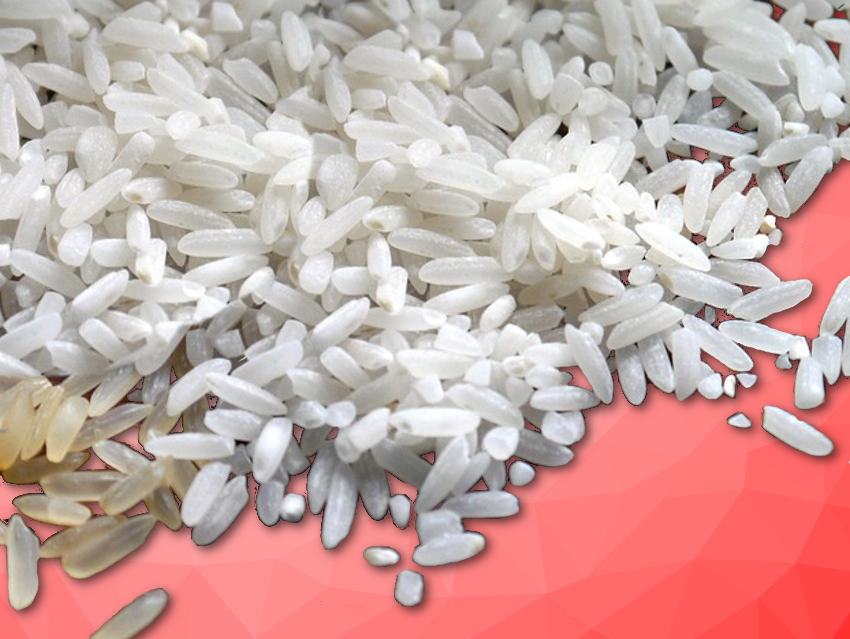Rice is the most important staple food for more than half of the world’s population. However, forecasts assume that global warming, i.e., rising temperatures, water shortages, and increased CO2 levels, could reduce crop yields by around 15 %. In addition, the content of valuable ingredients such as proteins and vitamins could be reduced.
Rice can absorb inorganic arsenic from water and soil. E. Marie Muehe, Stanford University, CA, USA, and University of Tuebingen, Germany, Scott Fendorf, Stanford University, and colleagues have evaluated how rising temperatures and CO2 levels influence the contamination with inorganic arsenic. The scientists grew the Californian rice variant Oryza sativa L. M206 in greenhouses under different arsenic concentrations in the soil, temperatures, and CO2 concentrations in the air. 33 °C and 415 ppmv CO2 represent climatic conditions commonly found in California and many Asian lowland rice-growing regions; 38 °C and CO2 values of 850 ppmv represent the most likely scenario for the end of the century.
The results revealed that the simulated global warming alone led to a 16 % drop in rice yields. In addition, arsenic from the soil is increasingly absorbed by rice plants at higher temperatures and higher carbon dioxide levels in the air. The metalloid also impairs the formation of rice grains. As a result, the yield was further reduced.
The researchers found that the combined stress caused by climate change and arsenic in the soil causes rice harvests to shrink by 40 % by the end of the century. In addition, the grain could be contaminated with arsenic well above today’s EU and US limits. Arsenic is toxic to humans and can cause cancer, skin lesions, vascular and nerve damage, and cardiovascular diseases even in small amounts when ingested over long periods of time.
If these observations also apply to other rice varieties, climate-induced changes in soil arsenic behavior and plant response will lead to currently unforeseen losses in rice grain productivity and quality. This is of great importance for assessing the food security of large parts of the world’s population.
- Rice production threatened by coupled stresses of climate and soil arsenic,
E. Marie Muehe, Tianmei Wang, Carolin F. Kerl, Britta Planer-Friedrich, Scott Fendorf,
Nature Communications 2019.
https://doi.org/10,1038/s41467-019-12946-4



